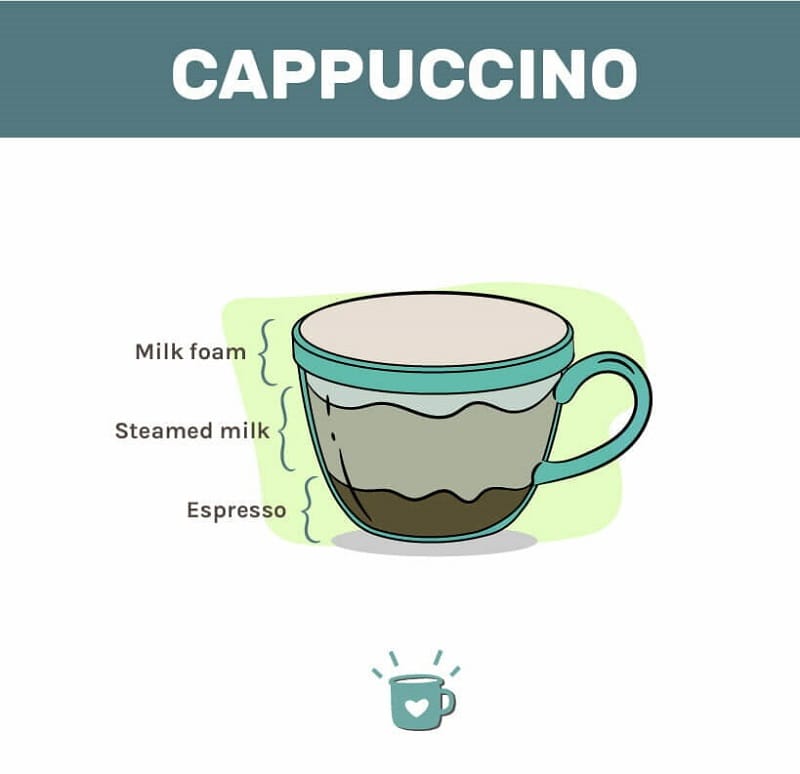If you’ve ever wondered, “Is a cappuccino stronger than coffee?” you’re not alone in pondering this common conundrum among coffee enthusiasts. Both beverages have unique qualities and varying levels of strength that cater to different preferences.
The Espresso Factor: The Heart of a Cappuccino
A cappuccino’s core lies the foundation of espresso, a concentrated coffee brew resulting from a specialized preparation method. Unlike the familiar drip-brewed coffee, espresso is produced by forcing hot water under pressure through finely ground coffee beans, resulting in a thick, syrupy, and highly concentrated liquid.
The construction of a cappuccino involves a harmonious blend of this robust espresso, velvety steamed milk, and a crown of luscious foam. The proportions of these key components – espresso, milk, and foam – can vary depending on personal preferences and regional traditions, but the espresso remains the show’s undisputed star.
Strength Breakdown: Fact vs. Fiction
It’s a common misconception that a cappuccino is inherently stronger than a regular cup of coffee. While a cappuccino’s bold, pronounced flavor may contribute to this perception, the reality lies in the nuances of caffeine content and taste perception.
Taste Perception: Boldness vs. Acidity
The perceived strength of a cappuccino can often be attributed to its lower acidity compared to a typical cup of brewed coffee. The espresso base, combined with the smoothing effect of the steamed milk, can create a bolder, more intense flavor profile, which can be mistaken for greater strength.
Caffeine Content by the Numbers
When it comes to caffeine content, the tables can turn. Espresso, the foundation of a cappuccino, is renowned for its high caffeine concentration per ounce. However, adding milk and foam to a cappuccino dilutes the overall caffeine content, resulting in a lower caffeine concentration per serving than a straight espresso shot.
Coffee Variations: Strength Depends on Brewing Method
It’s important to note that the strength of coffee can vary significantly depending on the brewing method. While a standard cappuccino may contain less caffeine than a single shot of espresso, it can still pack a stronger punch than a typical cup of drip-brewed coffee, which often has a lower caffeine concentration per ounce.
Real-World Examples: Putting it into Perspective
To illustrate the nuances of caffeine content, let’s consider a few real-world scenarios:
- Scenario 1: A standard 8-ounce cappuccino (made with a single shot of espresso) typically contains around 75-100 mg of caffeine, while an 8-ounce cup of drip-brewed coffee can range from 95-200 mg of caffeine, depending on the specific blend and brewing method.
- Scenario 2: A 12-ounce cold brew coffee, known for its intense flavor and higher caffeine concentration, can contain up to 200 mg, significantly more than a standard cappuccino.
As you can see, the strength of a coffee-based beverage is not solely determined by the type of drink but rather by the specific brewing method, bean origin, and other factors that contribute to the final caffeine content.

